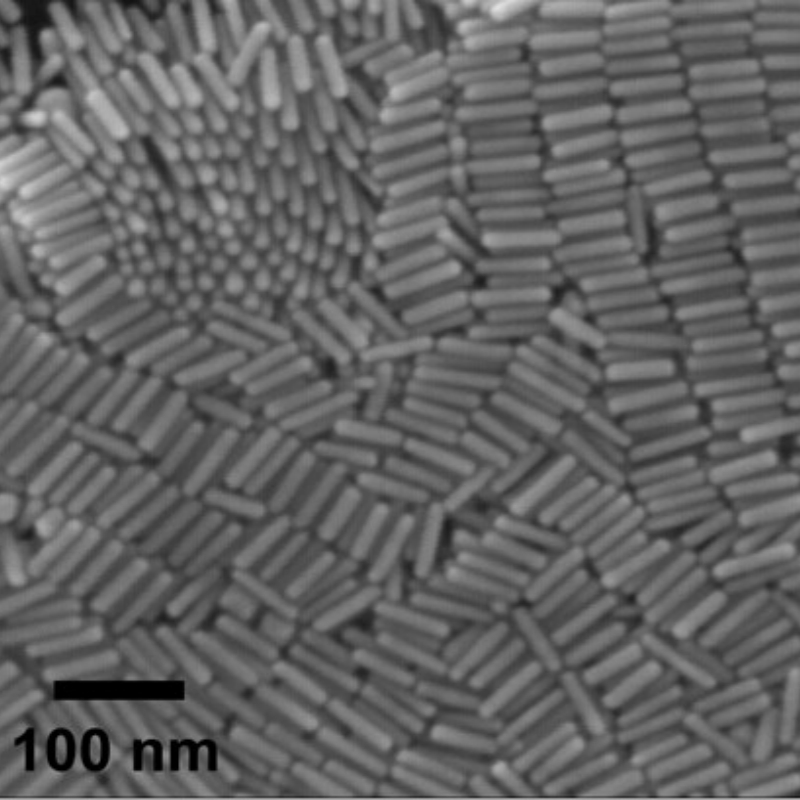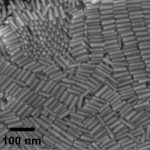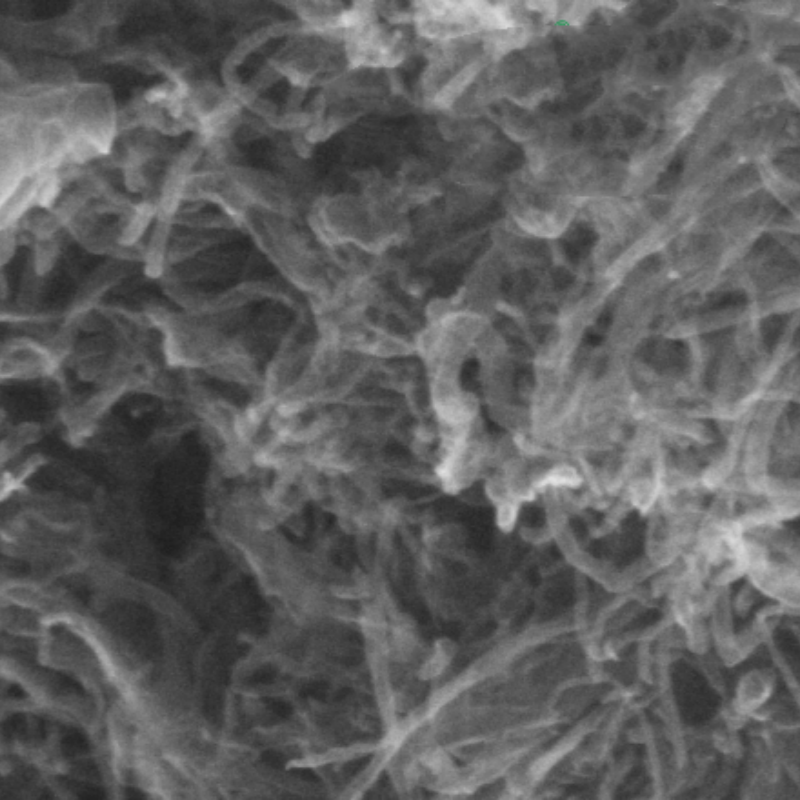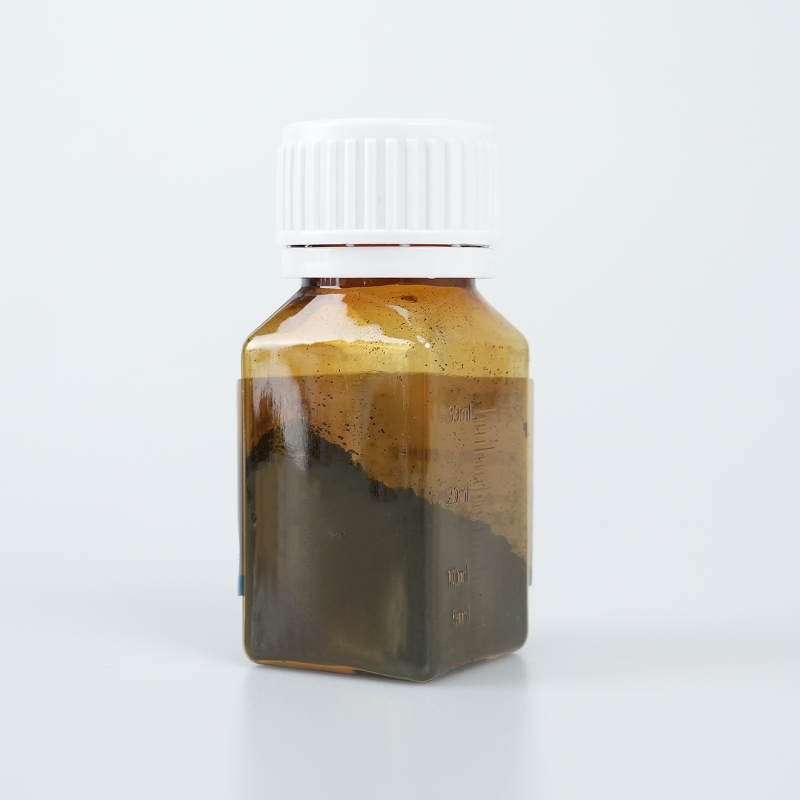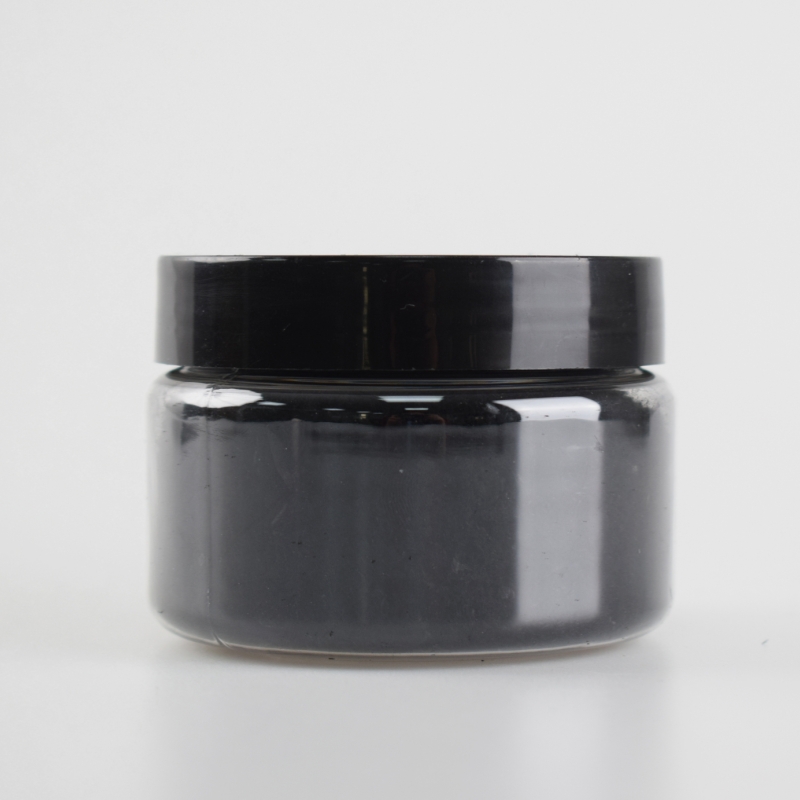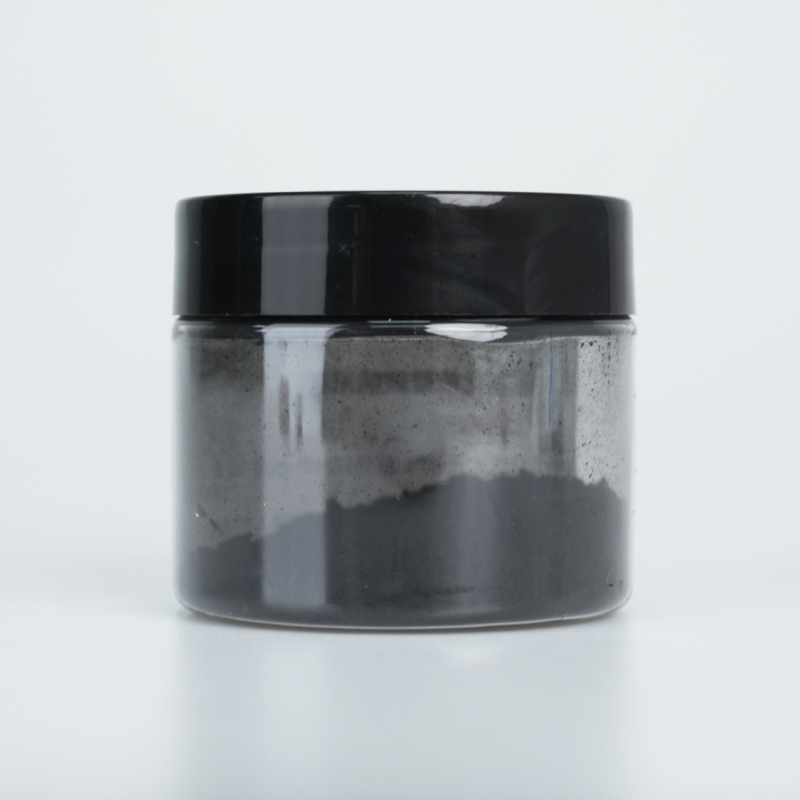Oil-soluble gold nanorods provide optimized surface hydrophobicity, superior plasmonic properties, and enhanced dispersion in organic solvents. Designed for advanced applications, they ensure efficient material integration, extended durability, and high-performance adaptability.
Product Overview
Oil-soluble gold nanorods are derived from water-soluble gold nanorods by modifying them with aromatic hydrocarbons, enabling their dispersion in oil-based solvents. These nanorods can disperse uniformly in a variety of solvents, including xylene, chloroform, toluene, cyclohexane, etc. They have broad applications in fields like nanocomposites, optical devices, and catalysis.
Features
- Unique Optical Properties: Gold nanorods exhibit significant surface plasmon resonance (SPR), with resonant peaks that can be finely tuned by adjusting the aspect ratio (length-to-width ratio) of the nanorods. This allows for precise control of their absorption and scattering spectra.
- Anisotropic Structure: Unlike spherical nanoparticles, gold nanorods possess distinct long and short axes, giving them unique physical and chemical properties.
- High Stability: These nanorods show excellent stability in oil-based environments, resisting aggregation and precipitation, and can be stored for extended periods.
- Good Dispersion: They disperse uniformly in oil phases, forming a stable, homogeneous system.
Applications
- Nanocomposite Materials: Used to enhance the physical and chemical properties of materials, improving the performance of nanocomposites.
- Special Optical Devices: Employed in manufacturing optical components responsive to specific wavelengths, widely used in optical sensors, laser devices, and more.
- Surface Enhanced Raman Spectroscopy (SERS): Serve as an enhancement substrate, improving the sensitivity of SERS, with extensive applications in biological detection and chemical analysis.
- Chemical Catalysis: Act as catalysts in specific chemical reactions, enhancing reaction rates and efficiency, particularly useful in organic synthesis and other catalytic processes.
| Technical Parameter | Description |
| Standard Solvent | Xylene |
| Customizable Solvents | Xylene, Chloroform, Toluene, Cyclohexane, Methanol, Isopropanol, DMSO, DMF, NMP, Ethyl Acetate, Dichloromethane, Tetraethyl Orthosilicate, etc. |
| Remarks | Concentration is based on water-soluble precursors; after modification with aromatic hydrocarbons to become oil-soluble materials, concentration is difficult to verify. |
 new material
new material

